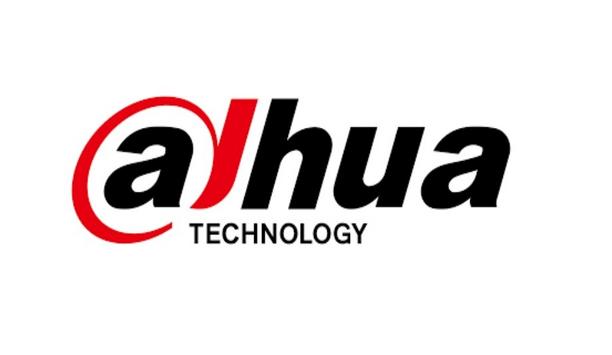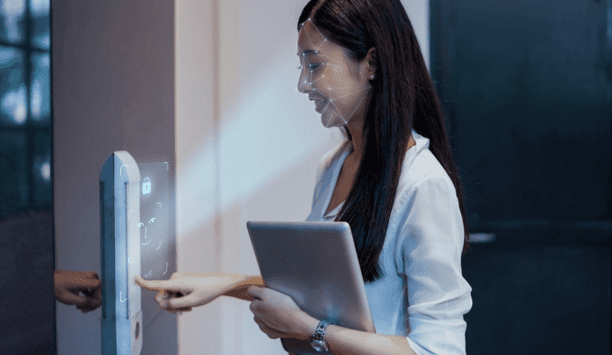The next generation of access control standards will be developed by the recently announced collaboration between the Open Network Video Interface Forum (ONVIF) and the Security Industry Association (SIA), the American trade association headquartered in Silver Spring, Md., near Washington, D.C. Both organisations have staked a claim in the area of access control standards, and now they’re seeing their interests converge.
SIA’s Open Supervised Device Protocol (OSDP) standard addresses interoperability among peripheral devices, such as card readers and security control panels. Based on the RS-484 protocol for point-to-point serial connection, OSDP seeks to take the place of the industry’s longtime Wiegand protocol (also a SIA standard) for communicating among access control devices. Compared to Wiegand, OSDP offers advanced communications and better security features – at longer ranges, using fewer wires, with bi-directional and multi-drop capabilities. It also offers application enhancements such as direct biometric support, smart card interface, authentication, Federal Information Processing Standards (FIPS) compliance and interactive terminal capabilities.
The new, more secure OSDP standard is already being implemented by manufacturers. At ISC West 2014, SIA’s OSDP Plugfest demonstrated how a growing number of access control manufacturers are using OSDP as a building block for the next generation of physical access control systems.
SIA’s next step is to expand OSDP into the IP networked environment. That’s where SIA’s interests converge with those of ONVIF, which has led development of IP standards, including its new Profile C for access control. ONVIF’s Profile C enables interoperability between physical access control system (PACS) panels and other network-based security management systems.
In a Memorandum of Understanding (MOU) signed in June 2014, ONVIF and SIA have now formally announced their plans to collaborate and harmonize their respective initiatives related to access control.
“Both SIA and ONVIF recognise that our respective access control efforts to date are complementary, in that we have been approaching the goal of access control standards from two different angles, ONVIF at the system level and SIA more targeted between peripheral devices,” says Per Bjorkdahl, chairman of ONVIF’s Steering Committee. “We anticipate our mutual support and collaboration [in the future] will result in a more comprehensive outcome that provides greater benefits to the industry.”
ONVIF, which was highlighting its Profile C access control standard at ISC West, has specific expertise related to IP networks. “It seemed like a perfect intersection for the groups to work together,” says Joseph Gittens, Director, SIA Standard Committee. Exactly how the collaboration will work is being finalized now. Among other things, each group will appoint a representative to liaise with the other group to promote information sharing and collaboration.
“We want the industry to have the standards it needs as technology changes,” says Gittens. “Our goal is to be a harmonizer of standards, not be duplicative.”
From facial recognition to LiDAR, explore the innovations redefining gaming surveillance
















































